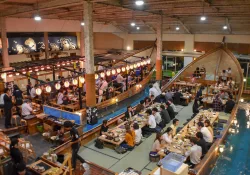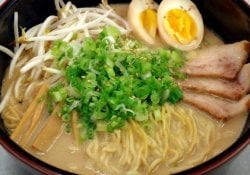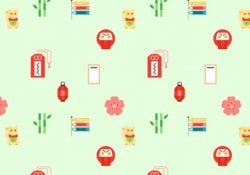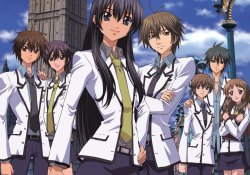Do you know what it means koromogae (衣替え)? In this article, you will learn about this aesthetic custom, which occurs with changing seasons and is related to the types of clothes used by the Japanese in public offices and, mainly, in schools.
Clothing changes occur seasonally, so lighter clothes are made for summer use, while heavier or thicker clothes are more common in the summer.

Índice de Conteúdo
What does “Koromogae” mean?
Koromogae is a word made up of two kanji. The first 衣 carries with it the meaning of "clothing", "clothing" and "adornment". The second 替 means "exchange", "change" and "replacement" and is present in the verb 替える (かえる, kaeru), which translates as "replace", "exchange" or "modify". Therefore, we can infer from the meaning of the kanji that the word 衣替え (koromogae) carries the idea of changing/replacing clothing.
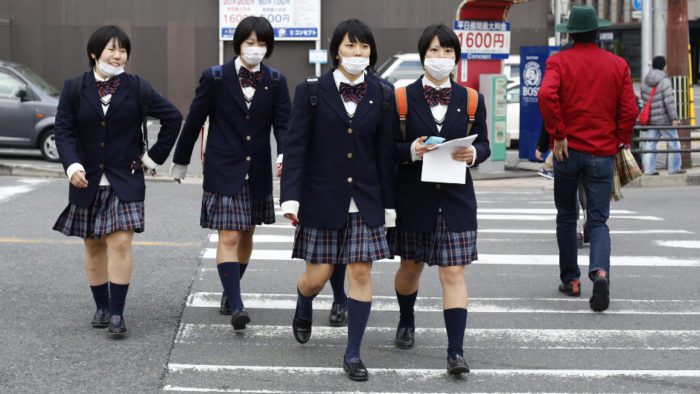
summer uniforms
In summer, more specifically on June 1, school clothes and civil servants' uniforms are changed. Long sleeves, suits and dark clothes (which absorb more heat) are replaced and give way to short-sleeved clothes and T-shirts (usually white) in the case of men. For women, black suits are replaced by classic sailor-style uniforms (usually white and with red bows in the center), which reflect sunlight and thus store less heat.
In the case of boys, the uniform is called "gakuran". The sailor uniform worn in summer, on the other hand, is called "seera fuku" (sailor fuku or sailor uniform, in free translation).
Below you can see a typical summer period uniform model:

Fashion Articles - Suki Desu (skdesu.com)
winter uniforms
On the other hand, in the colder periods of the year, closed suits with long sleeves (usually black or dark blue) are usually worn by boys and longer/thicker suits and skirts (usually dark) by girls. While in summer the fabrics are thinner, lighter and softer, in winter the fabrics of uniforms are thicker and consequently warmer. The winter “koromogae” usually starts on October 1 of each year.
It should be noted that the seasons in Japan are usually well defined, unlike in other countries. Therefore, there is not so much climatic unpredictability in relation to periods of sun and rain, drought and humidity, as in Brazil, for example, where it is possible for it to rain on any day of the year depending on the region.
Below you can see a typical uniform model of the winter period in Japan:
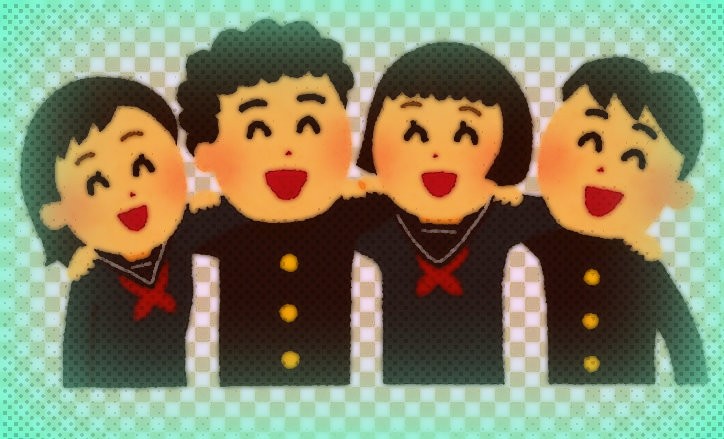
Fashion Articles - Suki Desu (skdesu.com)
The article is still halfway through, but we recommend also reading:
Heian period - the origin of Koromogae
The "koromogae" is a Japanese habit that dates back to the end of the 8th century, during the infamous Heian period (794-1185), also known as the "period of the courts" (or period of peace), in which Chinese influences were increasingly strong and active in the country's cultural scene, such as Buddhism, Taoism and the aesthetic standards of dress.
In this context, supported by imperial regimes prior to Meiji Era, by military personnel and individuals of the nobility, along with a large part of the population, “koromogae” was established as a common habit that extended not only to clothes, but also to accessories and utensils. From then on, with each change of season, the engagement of individuals and institutions in the exchange of uniforms was increasingly observed.
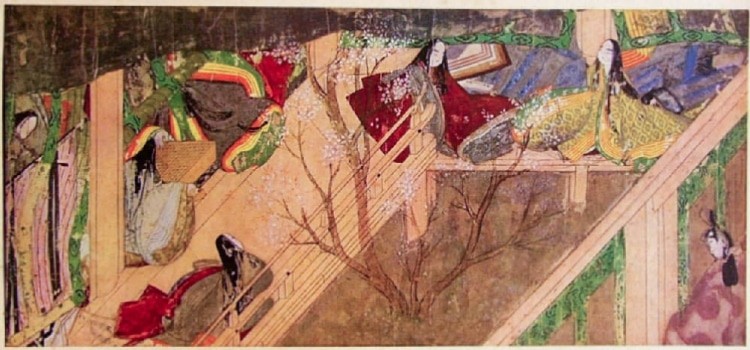
In addition to this article, we recommend this article from the Nippo website! Click here and read.
Vocabulary about clothing and koromogae
- 制服 (せいふく, seifuku) = School uniform.
- 衣服 (いふく, ifuku) = Clothing, clothes.
- 服 (ふく, fuku) = Clothing.
- 着替える (きがえる, kigaeru) = Changing clothes.
- 季節 (きせつ, kisetsu) = Season of the year.
- 黒 (くろ, kuro) = Black.
- 白 (しろ, shiro) = White.
- スカート (sukaato) = Get out.
- ズボン (zubon) = Pants, shorts.
- シャツ (shatsu) = T-shirt.
- 学校 (がっこう, gakkou) = School.
- 春夏秋冬 (しゅんかしゅうとう, shunkashuutou) = The 4 seasons of the year.
- 夏 (なつ, natsu) = Summer.
- 冬 (ふゆ, fuyu) = Winter.
- 学ラン (がくらん, gakuran) = Male school uniform, gakuran.
- セーラー服 (せーらーふく, seeraa fuku) = Female school uniform, sailor-style uniform.
What's up? Did you like the article? So comment, like and share with your friends on social media!



